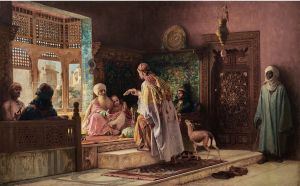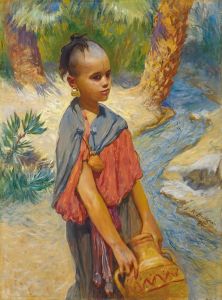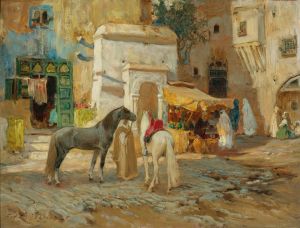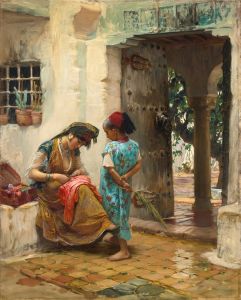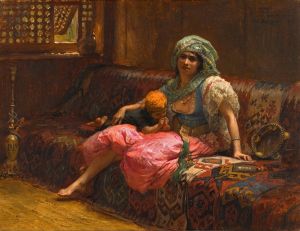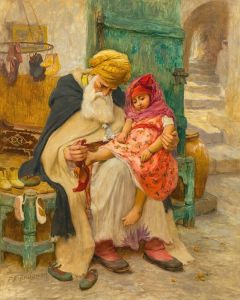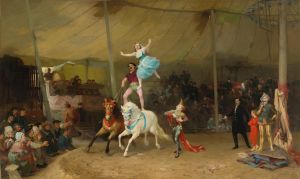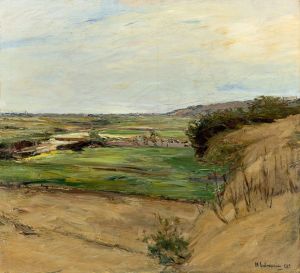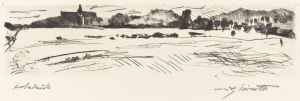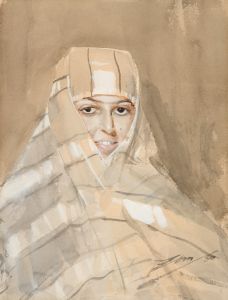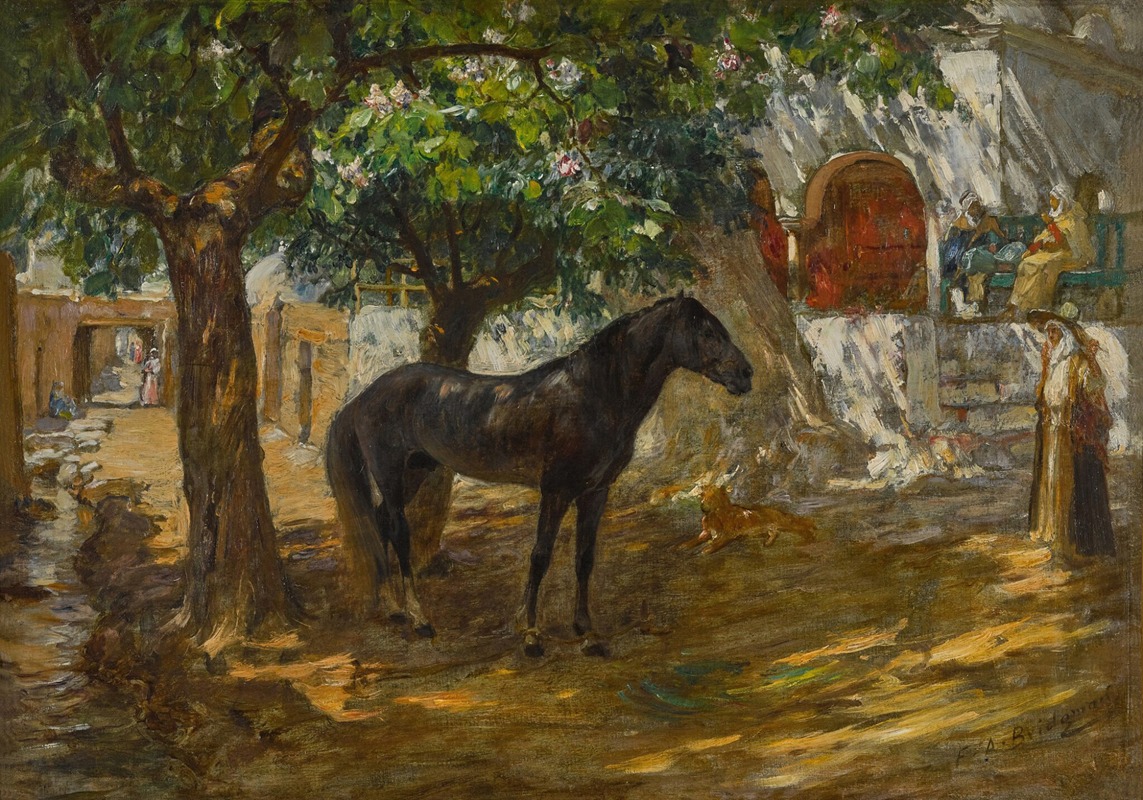
Village in the Sahara
A hand-painted replica of Frederick Arthur Bridgman’s masterpiece Village in the Sahara, meticulously crafted by professional artists to capture the true essence of the original. Each piece is created with museum-quality canvas and rare mineral pigments, carefully painted by experienced artists with delicate brushstrokes and rich, layered colors to perfectly recreate the texture of the original artwork. Unlike machine-printed reproductions, this hand-painted version brings the painting to life, infused with the artist’s emotions and skill in every stroke. Whether for personal collection or home decoration, it instantly elevates the artistic atmosphere of any space.
Frederick Arthur Bridgman was an American artist known for his Orientalist paintings, which depicted scenes from North Africa and the Middle East. Born in Tuskegee, Alabama, in 1847, Bridgman moved to Paris in 1866 to study art and became associated with the Orientalist movement, which was characterized by Western depictions of Eastern cultures. His works often featured detailed and romanticized portrayals of life in these regions, capturing the imagination of European and American audiences.
One of Bridgman's notable works is "Village in the Sahara," which exemplifies his fascination with North African landscapes and cultures. This painting, like many of his others, reflects Bridgman's interest in the daily life and environment of the people living in the Sahara Desert. The painting captures a scene of a village set against the vast and arid backdrop of the desert, highlighting the contrast between human habitation and the expansive, harsh landscape.
Bridgman's attention to detail and his ability to convey the atmosphere of the Sahara are evident in the meticulous rendering of the village's architecture and the surrounding environment. The painting likely features traditional North African dwellings, constructed from materials suited to the desert climate, such as mud bricks or stone. These structures are often depicted with flat roofs and small windows, designed to keep the interiors cool in the intense heat.
The composition of "Village in the Sahara" may also include figures engaged in daily activities, providing a glimpse into the lives of the inhabitants. Bridgman was known for his ability to capture the nuances of human interaction and the cultural practices of the regions he depicted. His paintings often included people in traditional attire, engaged in tasks such as trading, farming, or socializing, which added a narrative element to his work.
Bridgman's work was well-received during his lifetime, and he exhibited regularly at the Paris Salon and other prestigious venues. His paintings were praised for their technical skill and the exotic allure they presented to Western audiences. "Village in the Sahara" would have contributed to this reputation, offering viewers a window into a world that was both distant and intriguing.
The Orientalist movement, of which Bridgman was a part, has been the subject of critical re-evaluation in recent years. While these works were celebrated for their beauty and craftsmanship, they have also been critiqued for perpetuating stereotypes and presenting a romanticized view of Eastern cultures. Nonetheless, Bridgman's paintings remain valuable for their artistic merit and as historical documents reflecting the Western fascination with the East during the 19th century.
Frederick Arthur Bridgman's "Village in the Sahara" continues to be appreciated for its aesthetic qualities and its role in the broader context of Orientalist art. It serves as a testament to Bridgman's skill as a painter and his ability to transport viewers to the remote and captivating landscapes of the Sahara Desert.






